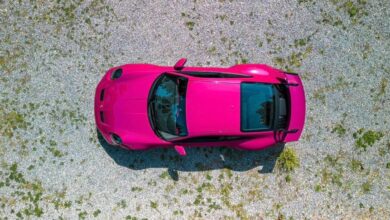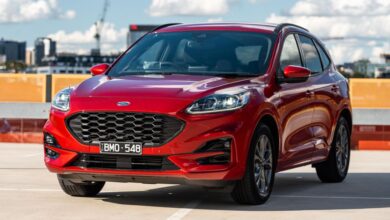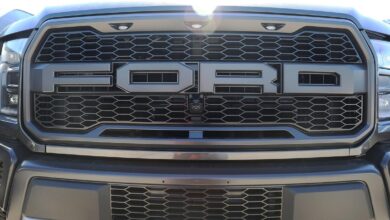Wireless charging for electric cars could be faster thanks to this technology
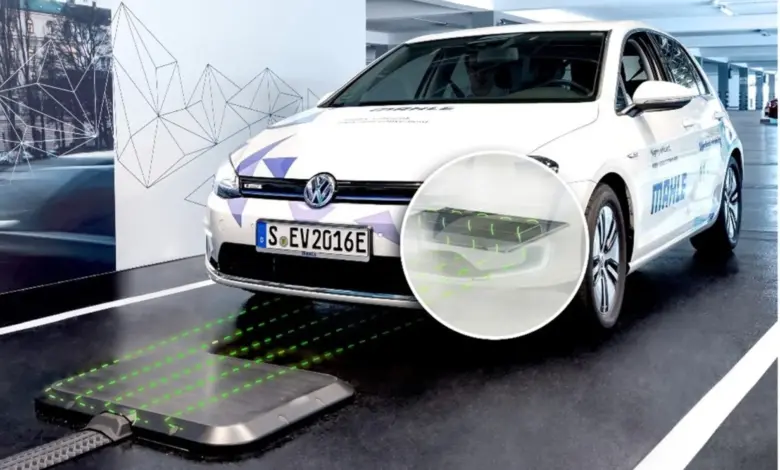
- EV wireless charging has standards for positioning for efficient charging
- Called DIPS, it allows cross-compatibility between hardware from different vendors.
- It also helps set the stage for two-way wireless charging.
Charging ports, connectors, and cables may soon no longer be the only way to charge the batteries of electric vehicles and some hybrids.
That’s because the inductive wireless charging industry is finally on its way to a comprehensive ecosystem of components capable of transferring charge to a vehicle’s battery without a physical connection—through oscillating magnetic fields and the principle of electromagnetic induction.
At the core of these new standards—above all unified standard for wireless charging was announced in 2020 and initial instructions established in 2016—is what’s called a Differential Induction Positioning System (DIPS), which uses a low-intensity magnetic field with multiple smaller coils. The arrangement will identify multiple ground clusters and Helps to align the vehicle correctly with charging dock regardless of vehicle height and weather conditions.
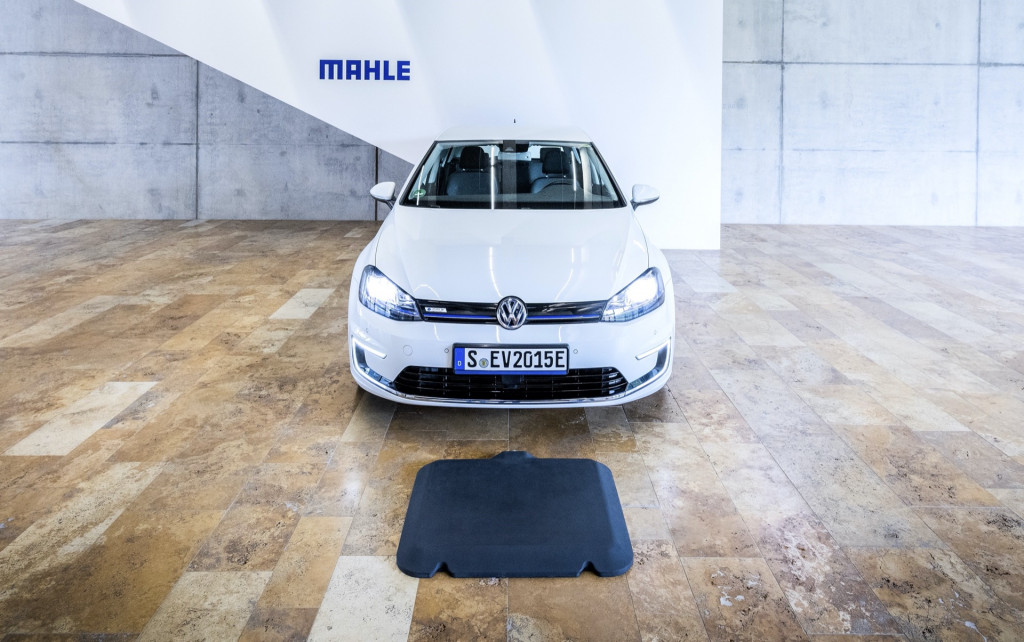
Mahle Wireless Charger
The standards were announced last week by SAE International, the same organization that finalized the Tesla-based standard. NACS charging interface. They solve the problem of wireless DC power transmission, so they can be used in both vehicle charging or in applications that transmit electricity stored in batteries back to the home or grid.
SAE finalize the methodology for DIPS last November. Now that it’s become a standard, it opens the door for many suppliers to build a wide range of wireless charging components and accessories for electric vehicles—including charging pads at the driveway or parking lot, vehicle units, and fleet systems, all with a high degree of confidence that these systems will be cross-compatible.

Differential Induction Positioning System Components of SAE J954 Wireless Charging Standard
The standards used “a lengthy consensus process” to finalize alignment for secure wireless power transmission, according to the organization. up to 11 kw with efficiency up to 93%. This is much better than the efficiency typically found in smartphone charging docks and is closer to the efficiency of a physical charging connector when using a long charging cable.
Wireless charging Costs more than physical chargingbut in the long run it is a EVs change the game. Although it could help reduce reliance on DC fast charging by making public EV charging less complicated and less cautious.
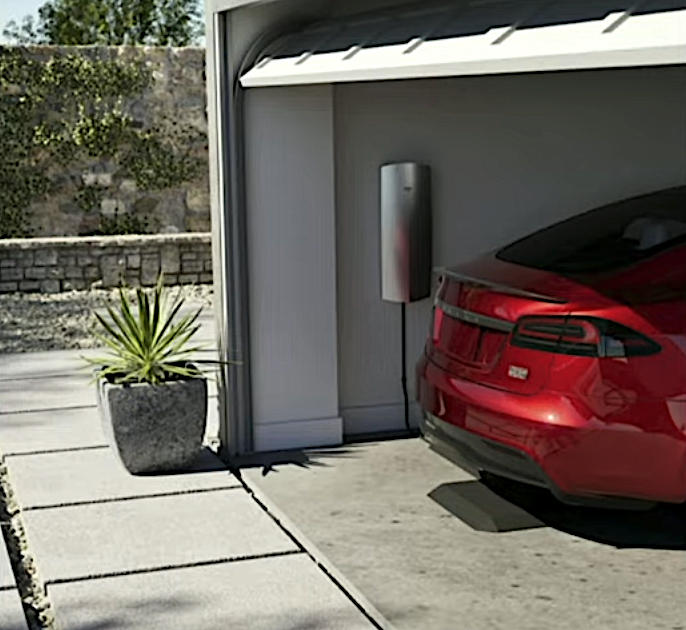
Model S Wireless Charging Pad
Until now, its cost—and concerns about compatibility—have kept wireless charging from taking off. But with this boost from cross-compatibility plus more suggestions Tesla is looking into wireless chargingThis technology may finally be about to become mainstream.

